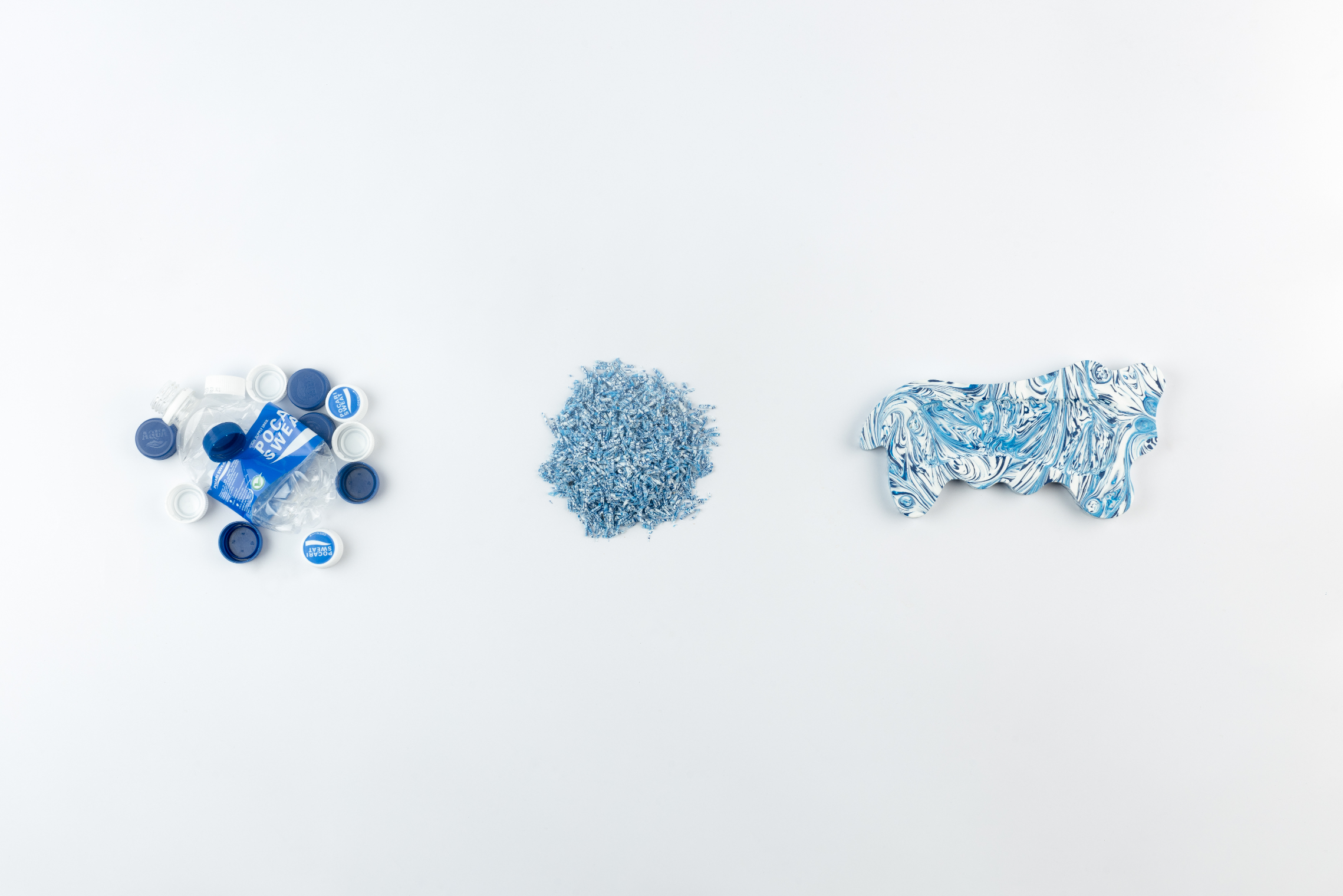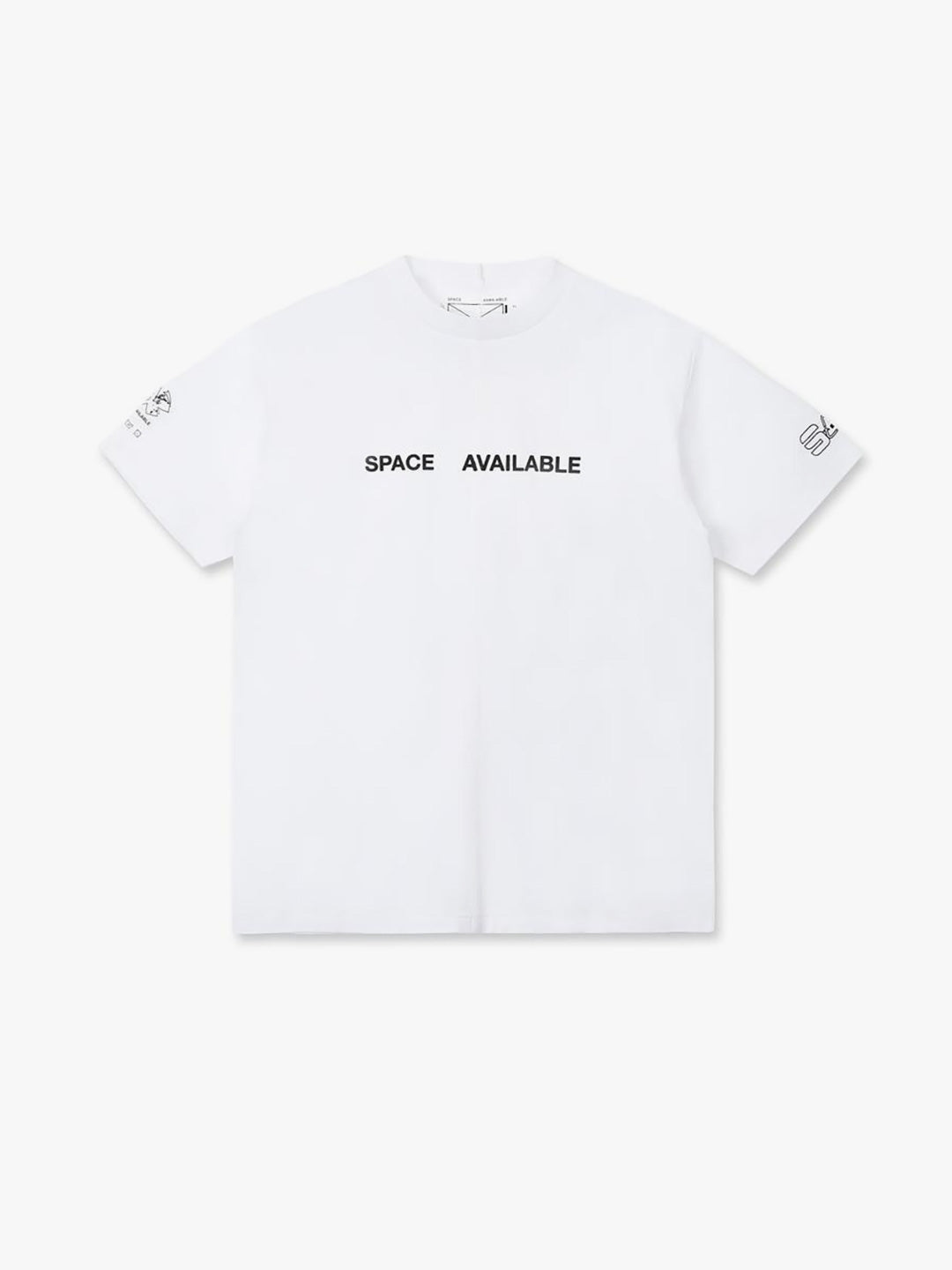Space Available is a creative platform and ecological design studio on a mission to create a circular future. We create spaces, concepts, products and experiences based on the regenerative principles of the natural world.
Radical Plastics is our first case study.
Through it, we explore waste plastic as a circular material in an effort to make space for nature.
WHY DO WE NEED TO BE RADICAL ABOUT PLASTICS?
Plastic is everybody’s problem. Regardless of whether or not you use or purchase single-use plastic products, they continue to suffocate our land and waterways at alarming rates. It’s estimated that there are over five trillion pieces of plastic debris in our oceans alone.
In some parts of the world, the plastic crisis is visible. In other places, it flies under the radar creating the illusion that the problem is under control. Sadly, it’s not and it affects us all. The truth is that many of the countries that consume the most plastic, simply aren’t recycling enough of it. TIME recently reported that in 2021, less than 6% of America’s plastic waste was recycled.
The rest of it ends up scattered across the planet – in landfills, through the soil and in our rivers and oceans where it breaks apart slowly, tainting the environment with toxins. These include bisphenols, phthalates, flame retardants and more, all of which affect our health in known and unknown ways.
So, plastic touches the entire ecosystem. It’s in the air, water and soil. It’s being absorbed by plants and eaten by animals – it’s even found its way into the human body. There’s now so much waste plastic on the planet that there’s no way we will see the end of it in our lifetime. And as its creators, it’s our responsibility to find solutions for the crisis we’ve created.
Our aim through this case study is to better understand the plastic emergency and unearth pathways for change. Being a creative studio, we’re choosing to do so via the mediums of design, bio-innovation and future craft. We want to find ways to draw attention to the problems of plastic as a new material, remove as much of it as we can from the environment, and give existing waste plastics a new purpose and a longer, less harmful life.
It’s time to get radical about plastics.
Case Study SA01: Radical Plastics

